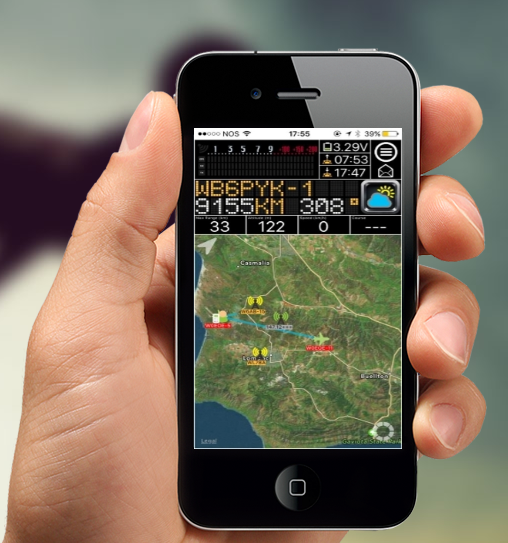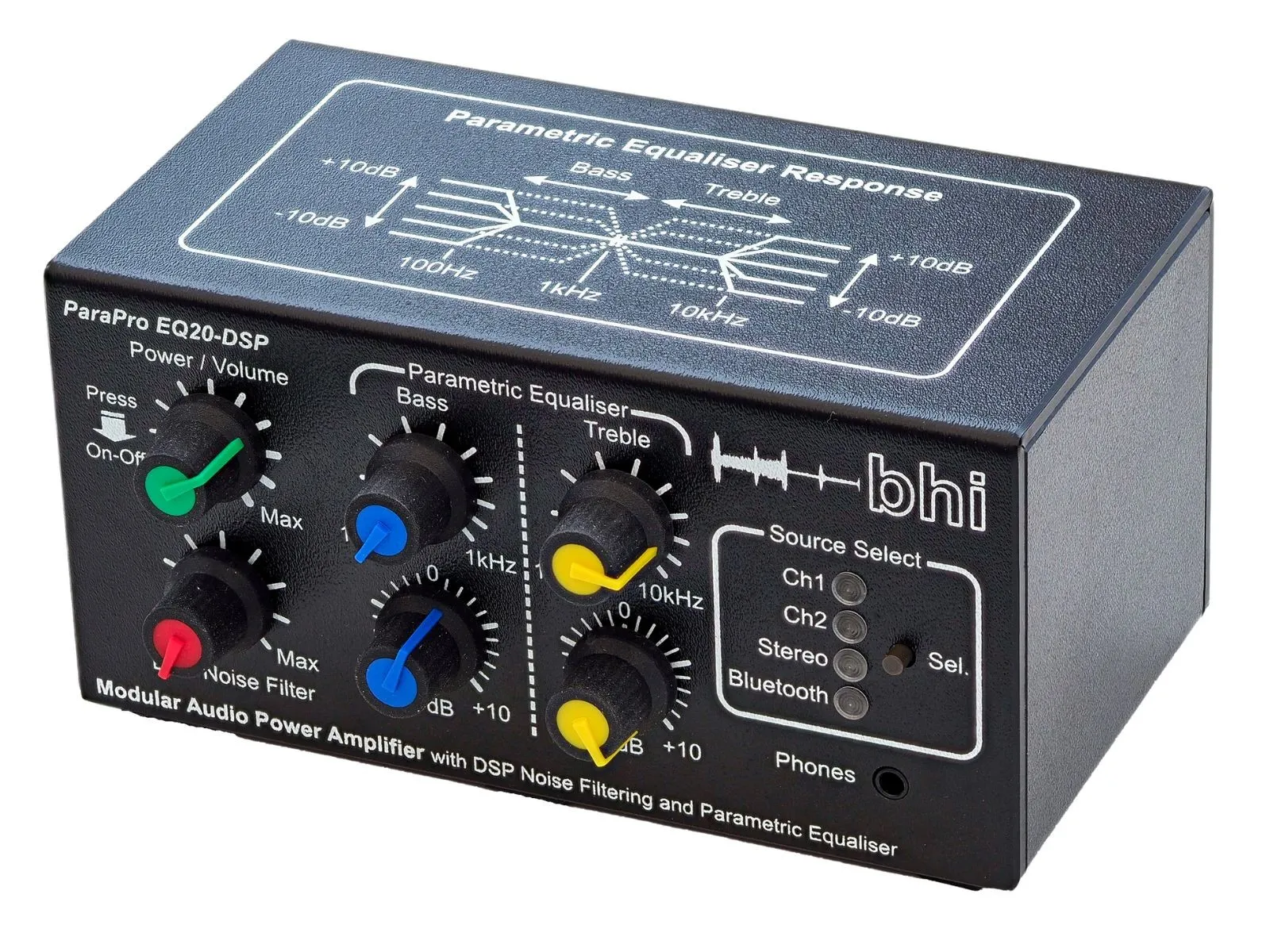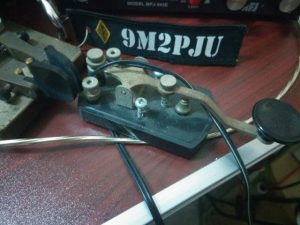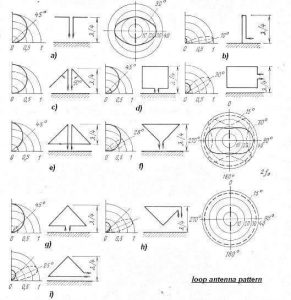9M2PJU
amateur radio
APRS
aprs passcode
automatic packet reporting system
ham radio
9m2pju, amateur radio, amateur radio operators, APRS, aprs passcode, APRS tutorial, ASCII, best regards, callsign, ham radio, ham radio community, morse code, passcode, Radio communication, radio hacking, radio operators, radio tracking, technical guide, XOR operation
9M2PJU
0 Comments
APRS Passcode Manual Calculation: A Step-by-Step Guide
As an amateur radio operator, you’re probably familiar with the Automatic Packet Reporting System (APRS). It’s an essential tool for tracking positions, sending messages, and broadcasting information over radio frequencies. One of the key aspects of APRS is the passcode, a crucial part of identifying and authenticating your beacon transmissions. But have you ever wondered how to manually calculate your APRS passcode?
In this blog post, I’ll walk you through the steps to manually calculate an APRS passcode using my callsign, 9M2PJU, as an example. The process is fairly simple and involves converting each character of your callsign into its ASCII value, performing a multiplication to scale those values, and then applying a series of XOR operations. Let’s dive into the details!
The Calculation Process
The APRS passcode is generated using a series of bitwise operations, starting with a predefined value. Here’s how it works:
- Start with a Predefined Value:
The calculation begins with a starting number: 29666 in decimal or 0x73E2 in hexadecimal. This number has historical significance in amateur radio—73 is Morse code shorthand for “best regards,” a nod to the camaraderie among operators. - Process Your Callsign in Pairs:
Your callsign is processed in pairs of characters. For each pair:- Convert the first character to its ASCII value, multiply it by 256, and combine it with the current value using a bitwise XOR operation.
- Convert the second character to its ASCII value and combine it with the current value using XOR.
- Finalize the Passcode:
After processing all the characters, take the final value and keep only the lower 15 bits. This ensures the passcode is within the required range.
Example: Calculating the Passcode for “9M2PJU”
Let’s walk through the process using the callsign 9M2PJU as an example.
Step 1: Starting Value
- Start with the predefined value: 29666 (or 0x73E2 in hexadecimal).
Step 2: Process the Callsign in Pairs
First Pair: ‘9’ and ‘M’
- ‘9’ ASCII = 57 → Multiply by 256: 57 * 256 = 14592 → XOR with starting value: 14592 ^ 29666 = 42914.
- ‘M’ ASCII = 77 → XOR with current value: 77 ^ 42914 = 42863.
Second Pair: ‘2’ and ‘P’
- ‘2’ ASCII = 50 → Multiply by 256: 50 * 256 = 12800 → XOR with current value: 12800 ^ 42863 = 55663.
- ‘P’ ASCII = 80 → XOR with current value: 80 ^ 55663 = 55583.
Third Pair: ‘J’ and ‘U’
- ‘J’ ASCII = 74 → Multiply by 256: 74 * 256 = 18944 → XOR with current value: 18944 ^ 55583 = 36639.
- ‘U’ ASCII = 85 → XOR with current value: 85 ^ 36639 = 36586.
Step 3: Finalize the Passcode
- Take the final value (36586) and keep only the lower 15 bits:
36586 & 0x7FFF = 12970.
Final Passcode
The APRS passcode for the callsign 9M2PJU is 12970.
Why Is This Important?
Understanding how to manually calculate your APRS passcode can help you better appreciate the inner workings of APRS and how your station is identified on the network. It’s a small but integral part of the overall system, and knowing how it works can help you troubleshoot or even customize your APRS setup.
While modern APRS software and tools will automatically generate your passcode, the manual calculation process is a great exercise for anyone interested in the technical aspects of amateur radio. Plus, it’s always good to have a backup method for situations where software may fail or if you prefer a more hands-on approach.
Conclusion
I hope this guide was helpful and gave you a deeper understanding of how APRS passcodes are generated. Now you can try it yourself and calculate the passcode for your own callsign!
73,
9M2PJU







Post Comment